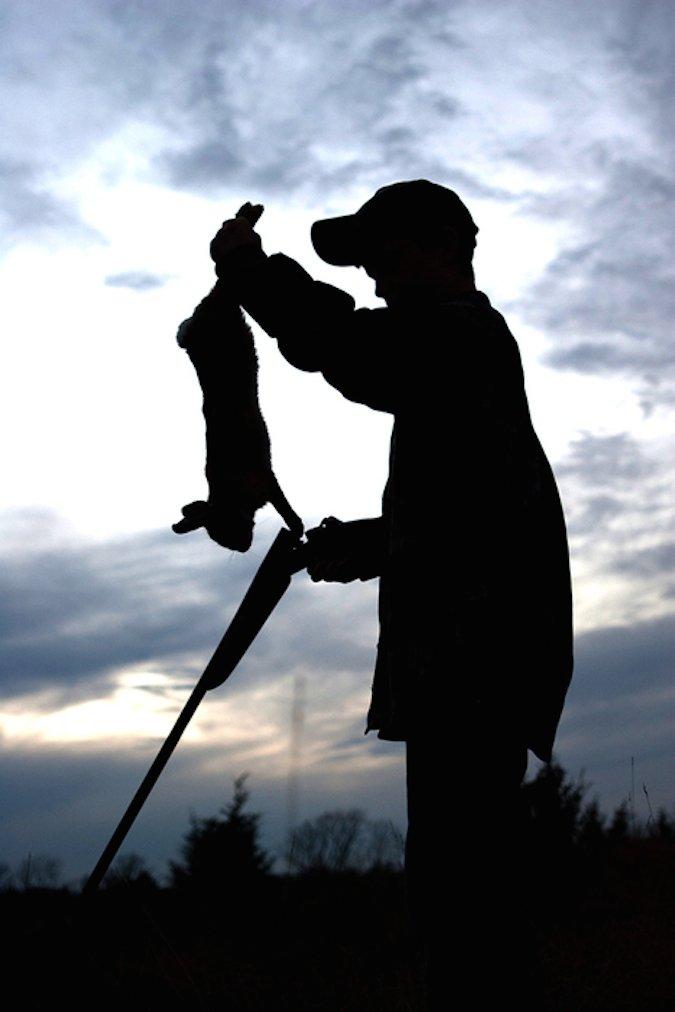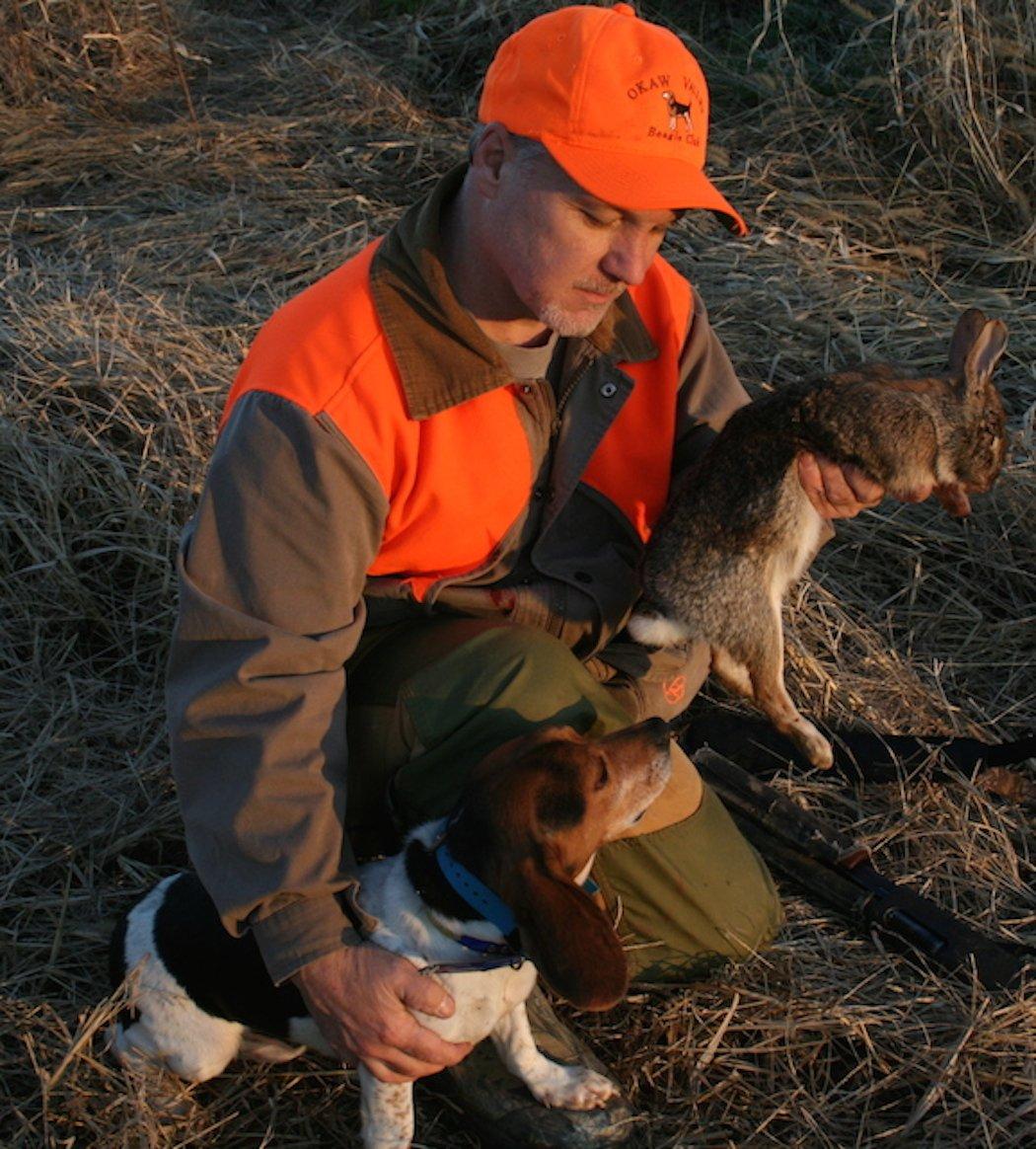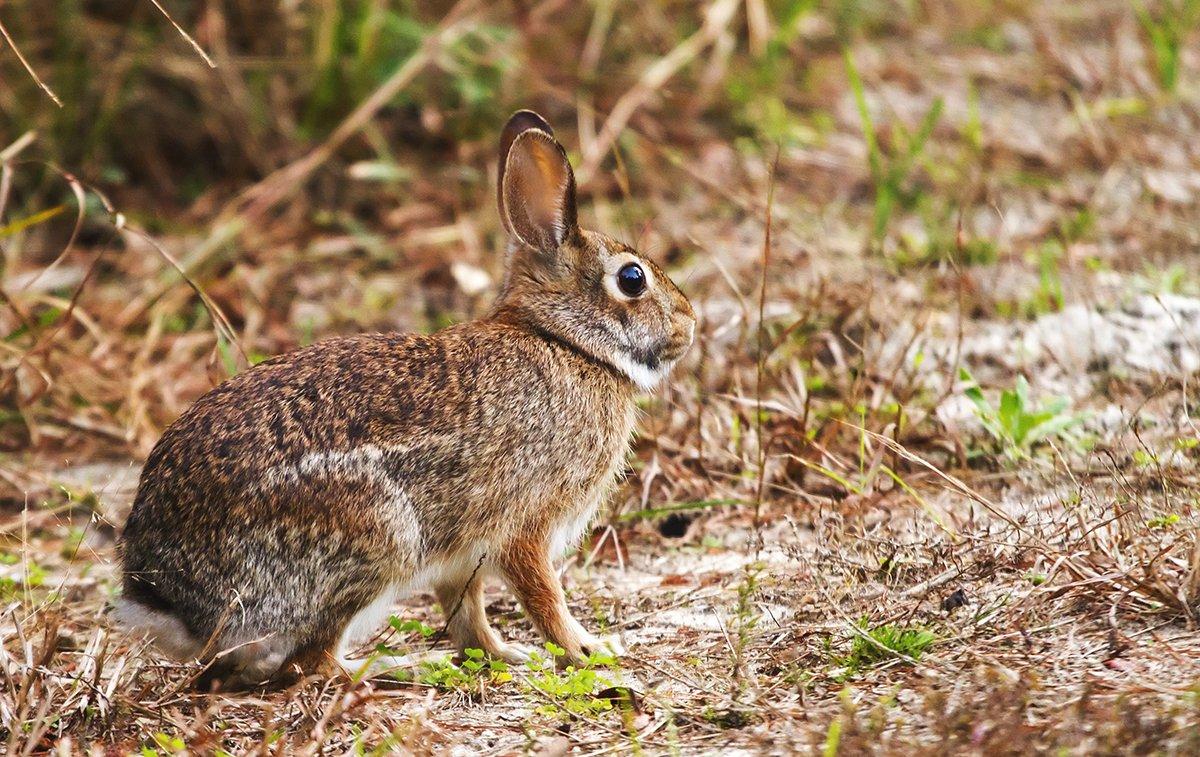A New Age Has Dawned in the World of Rabbit Hunting
Hunters have been pursuing the Eastern cottontail ever since the time of the earliest Native Americans. Although hunter numbers have declined from peak numbers, rabbit hunting still remains extremely popular overall and is one of the most popular small game pursuits. However, the dynamics of hunting cottontails have changed dramatically, and to achieve consistent success in the field, hunters must adapt to the new age of rabbit hunting.
The Decline
Bunny Facts:
The number of rabbit hunters has declined through the years. Even so, rabbit hunting is still popular. According to recent surveys, approximately 1.5 million people hunt rabbits and/or hares. Rabbit/hare hunting ranked as the fourth most popular hunting endeavor, tied with pheasant hunting and behind only whitetail deer, turkey, and squirrel. Rabbit hunting ranked more popular than waterfowl and dove hunting, as well as all other species such as elk, bear, and others.
A decade or two ago, finding rabbits was really not all that difficult. They are well known as prolific breeders, and though population numbers may take a dip in years with extremely bad weather, numbers bounce back rather quickly after weather improves. Back in the day, there was also ample habitat. Now rabbit habitat is shrinking every year. There is more predation. The outcome: rabbit populations, although still very good, are not what they used to be. Going out on the back 40 and kicking brush rarely results in bagging a limit of cottontails.
Shrinking habitat has not only reduced rabbit numbers but it has also reduced hunter access and allowed predators easier opportunities to bag a bunny for dinner. The proliferation and expanding populations of coyotes throughout the cottontail range — plus numbers of domestic feral cats at an all-time high — has only increased predation on rabbits. All of these habitat and predation factors have led to changes in rabbit location and behavior.
Where They Hide
Rabbits are found most anywhere they can find food sources and cover (for hiding from predators and also thermal protection from the elements). In most locations, sparse cover does not hold rabbits like it once did. Hunters must concentrate on areas with denser and more abundant cover to find rabbits in good supply.

As mentioned, rabbits in more remote areas are found mostly in the thicker cover than in places with thin cover. Rabbits have always liked thick cover; that is no surprise. The difference is that they are found less in other areas than in the past. When I first began rabbit hunting, it was very common to walk into a field of grass and jump a few rabbits just walking around or to kick an isolated clump of cover and reasonably expect a rabbit to come darting out. That just isn't the case anymore.
Hunters must hit sparse cover early in the season for any success at all. This is especially true in agricultural areas, as rabbits forced from row crop fields during harvest often take cover along the edges. However, within a short period of time, they are either decimated by predation or they move to thicker, safer locations.
The absolute best locations for finding rabbits are areas with extremely dense cover. Gnarly tangles of briars, thorns, honeysuckle, and brush are difficult to reach for coyotes and foxes and make great locations for rabbits to hide from birds of prey. Likewise, they are hard to kick up by walking hunters. Rabbits hold much tighter in these areas and often do not jump unless almost stepped on or forced out by a rabbit dog willing to bury deep into cover. Having good rabbit dogs — especially one or two good jump dogs — is what often spells the difference in success these days. Dogs that skirt the edges of cover are not going to get up a lot of bunnies.
Watch Them Run
There he goes, is a common phrase shouted by hunters as the rabbit bolts from cover and streaks off down the field edge or across an open area to the next patch of thick cover. Hunters then try to determine which direction the rabbit is going and get in a position to intercept it and have a shooting opportunity when the rabbit circles back near the jump location. That part hasn't changed, but what has changed in many cases is how a rabbit runs and circles.

Most times, this jump and circle does not cover a large distance. It all depends upon the habitat and how cover is positioned. But usually a circle is within 100 yards or so. However, in areas where rabbits are constantly pressured by predators, especially along strips of cover between two crop fields, rabbits these days run much farther before turning and starting to circle. In recent years, I have seen numerous rabbits pop out of cover and run full speed along the edge of a field until they are completely out of sight. We have to accept this as the new norm and be willing to work a little harder to get into position for a shot.
Kicking Them Up
In contrast to the propensity of cottontails to locate and hold tight within the thickest cover to be found, there are still possibilities today for finding easy rabbits. Even with all the changes in habitat, predation, and rabbit behavior, it is still possible to bag a few rabbits without having dogs. However, hunters must choose hunting locations wisely and then be willing to put in some sweat equity if they are to enjoy a hot plate of rabbit stew.
Some of the best locations to walk up a few rabbits are the aforementioned areas of human activity. Around barns, stored farm implements, automotive junkyards, grown-up spots around ponds, and other areas located where humans are close by are great spots for kicking brush. The best locations are isolated away from woods. Look for places where coyotes, foxes, and bobcats would have to cross wide-open fields to reach.
A Full Game Bag
Rabbit hunting is a tremendous amount of fun, and, of course, rabbits are one of the tastiest wild game meals to make an appearance on the dinner table. Rabbits may not be as easy to find now. Finding quality rabbit habitat and obtaining permission to hunt it is not what it once was, either. Nonetheless, with a little more work, a friend or two, and perhaps a couple of good dogs (or even a whole pack), rabbit hunting is as much fun and as rewarding as ever. Time spent in the field, the camaraderie, and the gourmet dining experience all combine to make any extra effort well worthwhile.
Go here for more Realtree small game hunting. Follow us on Facebook.
[Editor's note: This Realtree.com article was first published Dec. 16, 2015.]








